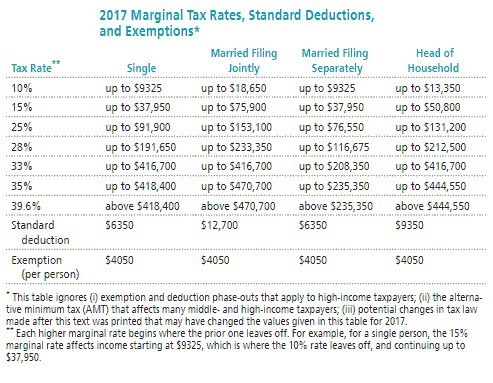Use the commutative law of addition to write an equivalent expression.5 + b
A. 5(1 + b)
B. b + 5
C. 5b
D. b5
Answer: B
You might also like to view...
Solve the problem. Refer to the table if necessary. Carl is single and has a taxable income of $38,367. Calculate the amount of tax owed.
Carl is single and has a taxable income of $38,367. Calculate the amount of tax owed.
A. $5331 B. $5304 C. $9592 D. $4203
Decide whether the statement makes sense. Explain your reasoning.Maria saved $750 in taxes after donating $3000 to charity. So Maria's sister also donated $3000 to charity thinking that she would save $750 but she only saved $450.
What will be an ideal response?
Complete the identity. = ?
= ?
A. cot 
B. tan 
C. tan ? + tan ?
D. tan 
Express the sum or difference as a product of sines and/or cosines.cos  + cos
+ cos 
A. 2 sin (2?) sin 
B. 2 cos (2?) cos 
C. 2 cos (2?)
D. 2 sin (2?) sin ?